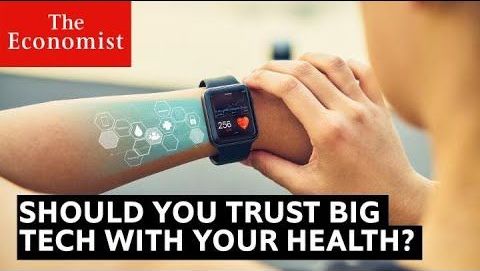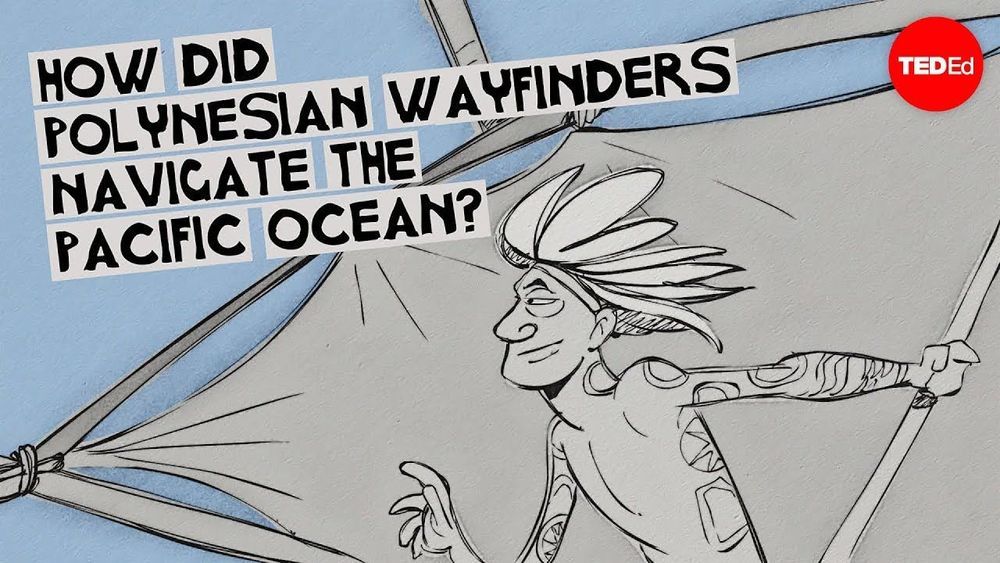:33333
Samsung QLED 8K delivers exceptional details and depth for 8k reality. Enjoy stunning 8k-level picture quality with big screen and feature of AI.
:33333
Samsung QLED 8K delivers exceptional details and depth for 8k reality. Enjoy stunning 8k-level picture quality with big screen and feature of AI.
:33333 could lead to future cures of muscular dystrophy.
Facioscapulohumeral muscular dystrophy (FSHD) is caused by altered expression of DUX4, a gene important during development that is not usually present in adult cells. In FSHD skeletal muscle, activation of DUX4 leads to apoptosis. To identify potential targets that mediate DUX4-induced cell death, Lek et al. performed an unbiased screen using CRISPR-Cas9. Hypoxia signaling emerged as a target, and treating patient cells and zebrafish models of FSHD with inhibitors of hypoxia signaling reduced cell death and expression of DUX4 target genes and improved structural defects and muscle function. Results demonstrate the utility of this CRISPR-Cas9 screen for identifying putative therapeutic targets for FSHD.
The emergence of CRISPR-Cas9 gene-editing technologies and genome-wide CRISPR-Cas9 libraries enables efficient unbiased genetic screening that can accelerate the process of therapeutic discovery for genetic disorders. Here, we demonstrate the utility of a genome-wide CRISPR-Cas9 loss-of-function library to identify therapeutic targets for facioscapulohumeral muscular dystrophy (FSHD), a genetically complex type of muscular dystrophy for which there is currently no treatment. In FSHD, both genetic and epigenetic changes lead to misexpression of DUX4, the FSHD causal gene that encodes the highly cytotoxic DUX4 protein. We performed a genome-wide CRISPR-Cas9 screen to identify genes whose loss-of-function conferred survival when DUX4 was expressed in muscle cells. Genes emerging from our screen illuminated a pathogenic link to the cellular hypoxia response, which was revealed to be the main driver of DUX4-induced cell death.

Tech giants including Google and Microsoft want to work with hospitals and health-care systems to improve lives. But should people trust them with their medical data?
For more from Economist Films visit: http://films.economist.com/
Gaming and data demands offset weakness in other areas. Those two categories could be a boon for industry peers, the “Mad Money” host said.

Scientists unearth ancient Papua New Guinea artifacts in the highlands of the island that settle a longstanding archaeological argument regarding the emergence of complex culture on the island.
About 10,000 years ago, the climate changed to better suit the planting of crops and the Neolithic revolution that brought about agriculture emerged in different parts of the world at different times. In Europe and Asia it is known that at this time cultural complexity developed as people began settling and living together on farms.
Continue reading “5000-Year-Old Papua New Guinea Artifacts Rewrite Neolithic History” »
Amazon CEO Jeff Bezos and the World Health Organization’s director-general are trading ideas on how to get the COVID-19 pandemic under control, using tools ranging from Amazon Web Services’ firepower in cloud computing and artificial intelligence to distribution channels for coronavirus test kits.
Bezos recapped today’s talk with Director-General Tedros Adhanom Ghebreyesus in an Instagram post, featuring a screengrab of Bezos’ videoconference view with the billionaire’s own visage in the upper right corner of the frame:
By Kurt M. Campbell and Rush Doshi
KURT M. CAMPBELL is Chair and CEO of the Asia Group and was U.S. Assistant Secretary of State for East Asian and Pacific Affairs from 2009 to 2013.
On this episode of Anti-Aging Hacks, we discuss all about reversing aging in humans! My guest in this podcast is Dr. Greg Fahy, and he is the first scientist to reverse aging in humans. Here is what we discuss in this interview: 1. Why the Thymus is really important for Immune Function 2. How creating a combination.
I would love to see this on a long handle to grab the stuff I can’t get to. http://robohub.org/ lead me here after seeing Sabine Hauert do a talk on micro-swarms.
